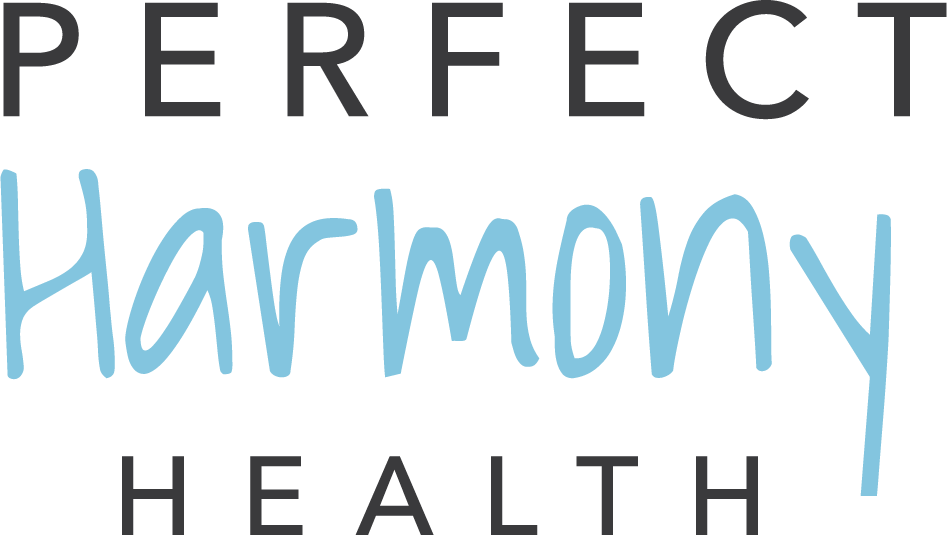Memories Related to Music
I was watching a television show with my husband recently when a poignant scene unfolded where an adult son and his mother were arguing. To settle the argument, he went to a piano and played a song most of us know well, ‘Ain’t No Mountain High Enough’ by Marvin Gaye and Tammi Terrell. The show writers didn’t include the backstory, but as they both started to sing together and the tension lifted, it was evident that there was a backstory and that this was a shared song between the two that brought down their heightened emotions and reminded them of their shared love for each other and made the big problem seem not so big after all.
I believe we’ve all experienced this at one time or another and it can go both ways. We can be in a great mood, hear a song from a time in our lives we experienced hardship or trials, and feel a heaviness in our hearts, maybe even shed a tear. We can also be down when hearing a song that instantly lifts our spirits and maybe even makes us want to dance.
Music is stored in so many different areas of the brain (that’s what makes it so great for therapy). Music and memory have been used throughout our lives to support our development, education, regulatory, connectional, and even spiritual selves.
We learned our most basic skills with music, like singing our ABCs.
We learned things like the quadratic formula through music.
When our hearts broke or we had our first kiss, we had a song.
We learned things like fight songs and anthems to belong to certain groups.
When we were profoundly moved, we likely had accompaniment to that life track.
Memories related to music are stored in our hippocampus (purple area above).
Subcortical structures such as the nucleus accumbens and the amygdala (yellow in the center) are involved in our emotional reactions to music, while the cerebellum internalizes basic rhythm processing.
Our prefrontal cortex (sage on the right) assists in expression and decision making in the music making process. Our sensory and motor systems (a lot of the purple in this image and sage of the first image) are included from brainwaves that respond in tempo, to tapping the beat, or having a dance or instrument association. Then speech and language and auditory processing have more obvious ties to music as well! Our brains are so strongly wired for music that it can be processed at the subcortical level – with no conscious thought. This is what makes it such a great tool for rehabilitation in numerous ways.
Our practice focuses on the provision of Neurologic Music Therapy (NMT)® services. With a team of therapists and fellows, our goal is to use these natural properties of music and the brain to address the concerns and needs of our clients. We work with individuals and groups throughout the lifespan and with varying diagnoses. These include developmental diagnosis (autism, down syndrome, cerebral palsy, etc), neurologic injury (stroke, TBI, etc), or neurodegenerative disease (Parkinson’s, Alzheimer’s, dementia, etc). Our areas of focus are cognitive, sensori-motor, and speech/language development and rehabilitation.
As a non-profit organization, we aim to offer affordable care and resources and are always looking to improve our reach. In the last 4 years, we have more than doubled the number of families impacted by Perfect Harmony Health and with that improved grant programs, sponsorships, and general outreach. We continue to be passionate in our pursuit of creating a space for healing and the arts that sets the foundations for exponential growth. We hope you join us on this journey in 2024 by following us on social media and interacting with our content, by donating at perfectharmonyhealth.com/donate, by visiting our Amazon wish list and gifting equipment, or even by sharing your story of how music has impacted you and sending it to us, or tagging PHH!
As Bing Crosby says, let’s start the new year right!
Hannah



